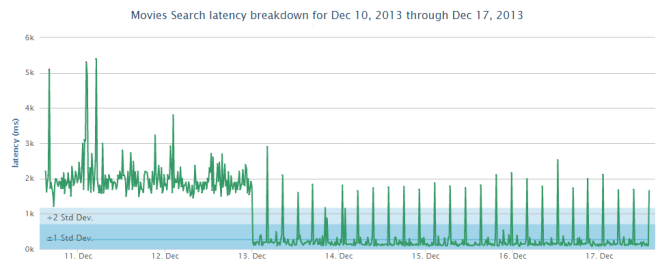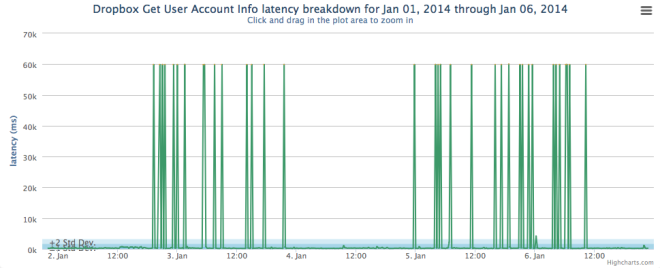While novel readers were busy paging through murder mysteries and historical fiction this past spring, developer interests were data and analytics, Jakarta, cloud-native articles, Kubernetes and open source.
That’s what we discovered when we took a look at quarter-over-quarter pageview trends in DZone.com. A little background: 29 million unique readers visit each year. The research is based on article tags assigned by DZone editors and used to help readers search once they’re on our site. They aren’t keywords.
Consuming All Things Data in the Data Category
Our first pass researching tags occurred in the first quarter, when interest in data analytics and tools articles skyrocketed. Same situation for Q2 vs Q1. Our findings did show that readership shifted away from the data scientist tagline toward specific tools and data strategies that anyone can implement.

Of the fastest-growing data analysis topics, the data analysis tools tag grew over 30X, and related topics like ingesting data (the collection of data into/out of the database for immediate use) and augmented analytics (machine learning-powered data analysis) grew about 10X more popular with readers.
Terms like ingesting data and augmented analytics speak to the need for more than just a dashboard approach to consuming data. Tim Spann, a Big Data thought leader and field engineer at Cloudera, thinks a consolidation in analytics is underway.
“I think there’s going to be consolidation. And a lot of startups are going to try to integrate a couple of these things together. They’re going to try to add more features and differentiate themselves. You’re going to see more of the data analytics tools try to do ingest and vice versa, (so) they’ll be a more interactive platform,” he explains.
“You’re getting more data, you need to be able to ingest, you need to be able to analyze it, you need to be able to build apps out of them — it’s not just enough to have a static report, or even a dashboard that people look at, people actually have uses for this data.”
From Java EE to Jakarta
After Oracle announced in 2017 that they were handing over Java EE to the Eclipse Foundation, a few changes began to take place. One was that Enterprise Java would now be called Jakarta EE.
In the second quarter of this year, the Eclipse Foundation announced that all Jakarta specifications with “javax.*” must be changed to “jakarta.*” This had the potential to significantly impact, and potentially harm, existing Enterprise Java applications.
It’s no surprise that developers were on DZone searching for the best ways to comply with these changes. We saw a lot of growth in all related topic tags, including Enterprise Java, which grew 10 times more popular, and Jakarta, which grew over 35 times more popular in Q2.
Apps and Cloud-Native Development
Cloud-native development is drastically changing the way we build applications. The term cloud-native refers to a style of container-based development that creates applications from scratch, or refactors older applications, to be fully optimized for the cloud. This is very different from older application development philosophies that retroactively adjusted apps to be cloud-enabled using methods like lift-and-shift or re-platforming.
According to this article on what it means to be cloud-native, the applications contain three major traits. They are container-centric, dynamically managed (i.e., containers are managed and organized by Kubernetes or other similar platforms), and microservices-oriented.
From Q1 to Q2, many aspects of cloud development showed steady growth. However, topics specific to cloud-native development grew exponentially, with the term itself showing over 300% growth last quarter.
Related tags that also showed an increase included:
- Cloud-based microservices (500%)
- Cloud-native deployment (140%)
- Scaling microservices (160%)

“The cloud-native ecosystem will see explosive growth as the growing adoption of Kubernetes will translate to a growing need to make it manageable for the enterprise. There are both huge gaps in tooling and many unrealized opportunities in making fleets of microservices more manageable — and we expect to see projects sprout up to handle both the gaps and the opportunities,” said Gwen Shapira, Data Architect at Confluent, in this interview with DZone.
Is Kubernetes the King of Development?
Kubernetes is the largest cloud-native platform designed to manage, scale, and deploy containers. As cloud-native development continues to grow, so does interest in Kubernetes.
“Kubernetes is a game changer. It’s slowly taking over the way the Internet works as far as application development and deployment,” explains Bob Reselman, an industry analyst and technical educator.
“It’s all changing so fast. Every five years, the stack is changing. Because of this, developers are finding themselves in a constant state of adaptivity and looking for the next best tool and ways to manage, scale, and deploy applications.”
Not surprisingly, we found topic tags related to Kubernetes and Kubernetes deployment showing tremendous growth from Q1 to Q2, including:
- k8s — another name for Kubernetes (7X more popular).
- Kubeadm — a fast-path command for creating a Kubernetes cluster (151%).
- Kubelet — a command that runs individual Kubernetes nodes (118%).
- Kubernetes services — rules and abstractions for Kubernetes pods (85%).
- GKE — Google Kubernetes Engine (66% growth).
Open Source Topics Remain Popular Developer Interests
Nearly all of the above-mentioned topic tags contain one common theme: Open source.
The open-source topics that saw the most growth include:
- Open APIs (11X).
- Open source big data tools (200%).
- Open source communities (110%).
Additionally, we saw growth in a wide range of open-source tools and platforms — some mentioned above, like Kubernetes, Apache, Jakarta, RSocket, and many more.
As the stack continues to change and evolve, developers will seek out open-source software first. Without question. Kubernetes, data tools like Apache Spark and Kafka— all open source, all dominating the ecosystem and rank high in developer interests.

“I believe enterprises will increasingly turn to managed platforms delivering 100% open-source technologies in 2019, as they increasingly seek to avoid the vendor and technological lock-in that remain too common with proprietary open source offerings,” explained Ben Slater, CPO at Instaclustr, in an interview with DZone late last year.
“Given the fact that commercialized open-source technologies can leave enterprises at the mercy of price increases (and make it impossible to run solutions on their own or implement useful modifications), fully open-source technologies offer a compelling alternative.”
“Open-source solutions are empowered by engaged communities that help ensure rapid improvements and bug resolution, better security, full transparency and reliability, and a faster time to market at a lower cost.”
About the author:
Lindsay is a Content Coordinator at Devada. She works closely with contributors to DZone, a website for software developers and IT professionals to learn and share their knowledge. Editing and reviewing submissions to the site, she specializes in content related to Java, IoT, and software security.




















